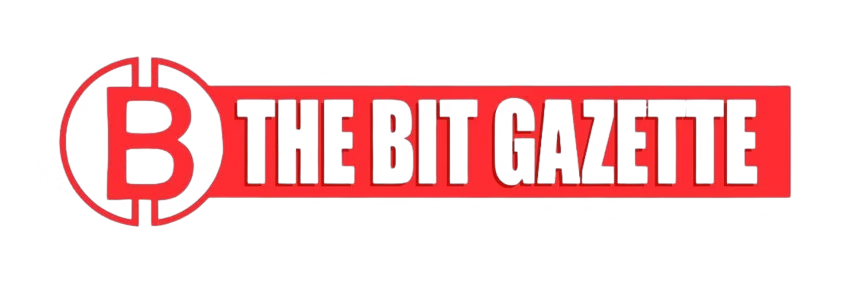The U.S. Securities and Exchange Commission has withdrawn another claim in the high-profile SEC Ripple case, removing a major regulatory obstacle for the blockchain payments company in a move seen as pivotal for the wider cryptocurrency sector.
The decision, disclosed this week, follows Judge Analisa Torres’ earlier ruling that partially favored Ripple. The SEC confirmed that it would not apply a Rule 506(d) disqualification under the Securities Act — a provision that could have barred Ripple from raising funds through private securities offerings under Regulation D.
This outcome means Ripple can continue securing capital from private markets without restrictions, even after the $125 million penalty imposed earlier in the proceedings. The SEC Ripple case now appears to be winding down after nearly four years of legal wrangling.
“Given the current circumstances and prior rulings, there is good cause to avoid applying the disqualification,” — SEC statement filed with the court.
What the exemption means for Ripple’s fundraising
By avoiding Rule 506(d) disqualification, Ripple retains access to one of the most important fundraising mechanisms available to U.S.-based companies. Regulation D allows firms to raise unlimited capital from accredited investors without undergoing a full public securities registration process.
For Ripple, whose business model relies on institutional partnerships and cross-border payment infrastructure, the exemption provides a vital runway for expansion.
“This exemption allows Ripple to operate in the private capital markets as if the dispute never happened,” said John Deaton, crypto attorney and founder of CryptoLaw. “From an investor’s standpoint, that’s a strong vote of confidence for Ripple’s operational stability.”
Market reaction to the SEC Ripple case developments
The crypto market responded swiftly to the SEC’s latest retreat. XRP, Ripple’s native token, climbed to $3.30 at the time of writing — a sharp uptick that traders attribute directly to the news.
Institutional investors have shown renewed interest in XRP, with some viewing the resolution of the SEC Ripple case as a green light for more aggressive positioning
.“Regulatory clarity reduces risk,” said Chris McMillan, head of research at Blockchain Capital Advisors. “For funds that were sitting on the sidelines, this changes the equation.”
The divergence between XRP’s recent performance and that of other major cryptocurrencies highlights how legal outcomes can serve as powerful market catalysts. While Bitcoin and Ethereum saw modest gains over the same period, XRP’s surge was significantly stronger in percentage terms.
What’s next for Ripple after the Ripple SEC case
With the SEC withdrawing its appeal and no further major claims pending, the SEC Ripple case appears to be reaching its conclusion. Industry observers suggest Ripple will now focus on rebuilding its U.S. presence, which had been hampered by regulatory uncertainty since the lawsuit’s filing in December 2020.
The company is also expected to ramp up its efforts in cross-border payment corridors, central bank digital currency (CBDC) collaborations, and decentralized finance integrations.
“We’ve maintained from day one that XRP is not a security,” — Brad Garlinghouse, CEO, Ripple. “This chapter may finally be closing, and we’re ready to get back to what we do best — transforming global payments.”
For crypto investors, the conclusion of the Ripple-SEC case removes one of the largest regulatory clouds hanging over a top-10 digital asset. The precedent it sets — that certain sales of XRP do not constitute securities transactions — could influence how future enforcement actions against other crypto projects are pursued.
Bottom line: The SEC’s withdrawal in the Ripple-SEC case not only strengthens Ripple’s operational position but also sends a broader signal to the market: regulatory battles can be won, and clarity is possible.
For XRP holders and crypto investors at large, the resolution could mark the start of a new growth phase — one backed by both legal vindication and market momentum.











